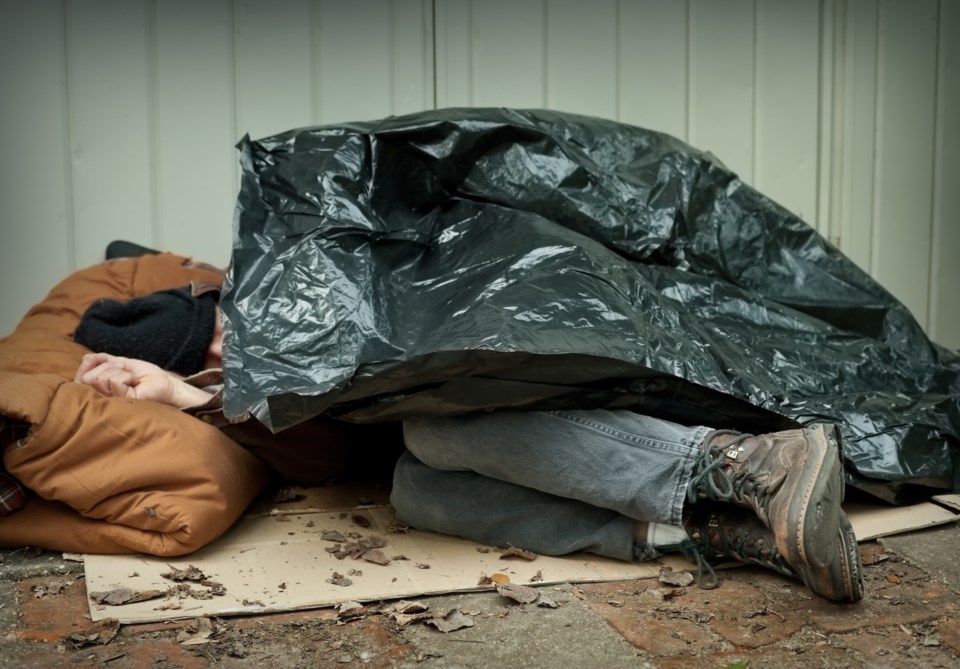This article, written by Tristan Hopper, University of Regina and Kaitlin J. Schwan, York University, Canada, originally appeared on The Conversation and has been republished here with permission:
Despite decades of policy and programming, youth homelessness remains an urgent issue in many communities across Canada. Almost 50 per cent of adults experiencing homelessness first became homeless before the age of 25, according to a recent national count of homelessness.
In Canada, 20 per cent of people experiencing homelessness are youth. Particular groups — Indigenous youth, racialized youth and youth who identify as LGBTQ+ — are at increased risk of homelessness due to intersecting forms of structural and systemic inequity like transphobia and racism.
These statistics demonstrate that we are failing to transition young people off the streets quickly, and many are cycling back into homelessness throughout their lives.
Given this, there has been an increased focus on homelessness prevention across Canada and globally. Youth homelessness prevention strategies are being launched nationally and regionally.
Research shows that meaningful and accessible activities like sports and arts can have significant impacts on youth social connectedness, better developmental outcomes, improved mental health and recovery from trauma.
Could policy makers leverage these impacts to try to prevent youth homelessness and keep young people housed? Could activities like sports and the arts contribute to youth homelessness prevention? Evidence points to arts and sports helping to support transitions off the street and into spaces of community and social inclusion in Canada and beyond.
Lack of support and resources
Youth homelessness is a complex social issue affecting people between the ages of 13-24 who are living independent of parents or caregivers and do not have the means to acquire safe and secure housing.
Many of these young people lack the resources and supports to transition into independence in safe, planned and supported ways.
A key component of youth homelessness prevention is not only preventing youth from experiencing homelessness in the first place, but also preventing young people from re-entering life on the streets.
Emerging scholarship has sought to understand what factors promote housing retention and wellness after a young person manages to get off the streets. Social exclusion, loneliness and limited social networks are particularly common issues for those who have recently left homeless status. These experiences powerfully contribute to mental health decline, substance use, feelings of hopelessness and subsequent returns to homelessness.
Young people exiting homelessness may be housed in locations that are isolated from services, community centres and childcare. This distance can create barriers to accessing meaningful activities and can present challenges to social and political inclusion.
All young people deserve stable and safe housing, and also the opportunity to be engaged in meaningful activities that increase their joy, social inclusion, wellness and sense of belonging.
Meaningful activity
Meaningful activity might be an essential component of youth homelessness prevention. This includes resources that encourage social inclusion (e.g., community and recreation centres) and natural supports. For example, neighbours may be able to help facilitate housing retention once a young person leaves the streets.
Social inclusion may also mitigate risks of eviction. For example, neighbourhood groups may help navigate conflicts with landlords. This inclusion may help in the development of a new identity as young people re-articulate their sense of selves in a new community.
Some studies show that youth experiencing homelessness view artistic activity and sports engagement as absolutely critical to their wellbeing, recovery and exits from homelessness. For example, research has shown that street-involved youth saw creating art as “something vital to survival.”
The link between survival and art creation for some youth suggests that meaningful activity may be a necessary dimension of youth homelessness prevention.
Recreational sport participation can have several physical, psychosocial, emotional and developmental benefits. Sport Canada acknowledges the barriers to sport participation, and has stated their commitment to increasing equitable and accessible sport opportunities.
However, for sport programming for homeless youth to be purposeful, the social, political and cultural barriers to participation must be addressed, including time and place of programming, cost of access and cultural acceptance.
Research has shown that for Indigenous youth, re-connection with cultural practices — including sports — can be a critical component in connectedness and meaning.
Researchers, policy-makers, social service providers and youth experts need to work together to identify what the determinants of housing stability and retention look like for youth following exits from homelessness.
We need to take seriously the need for social inclusion, belonging and civic participation, for which meaningful activity like artistic activity and sports can be one path.
This means investing in frontline prevention programming that includes sports and arts activities driven by the needs and interests of the young people they serve.
Tristan Hopper, Assisstant Professor, Kinesiology and Health Studies, University of Regina and Kaitlin J. Schwan, Senior Researcher, Canadian Observatory on Homelessness, York University, Canada
This article is republished from The Conversation under a Creative Commons license. Read the original article.
